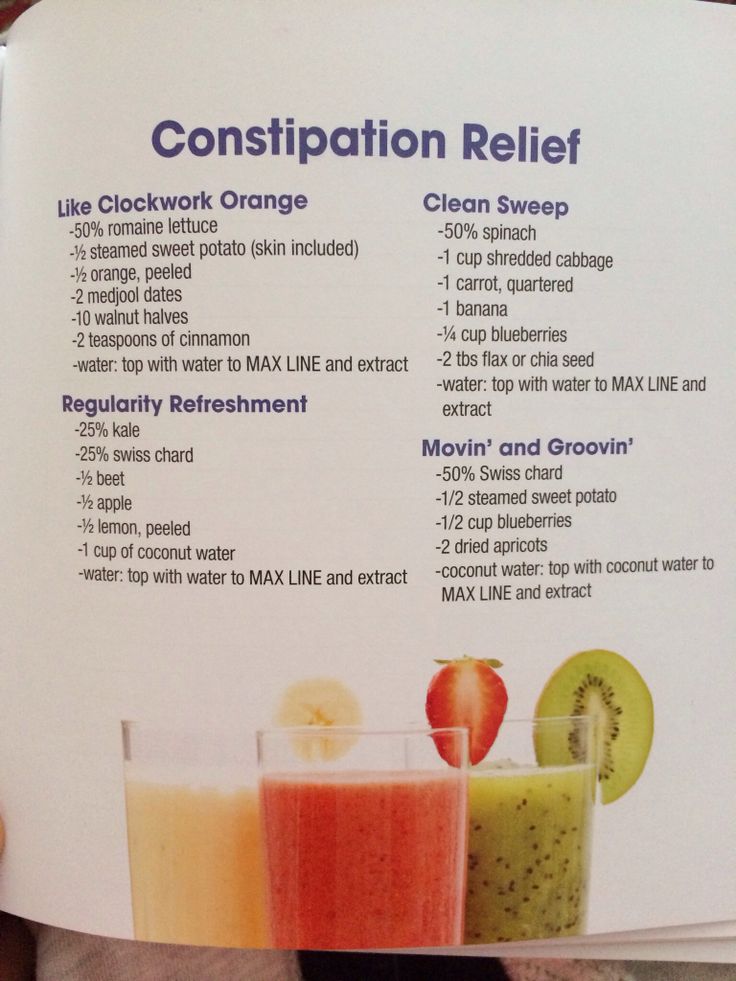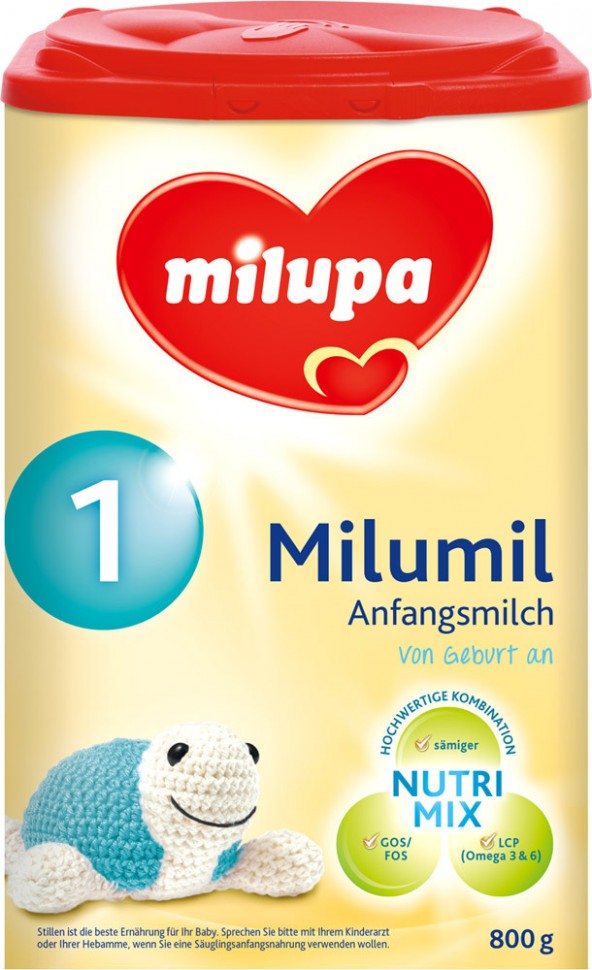Can you feed a baby breastmilk and formula at the same time
How to combine breast and bottle feeding
It can take several weeks for you and your baby to feel happy and confident with breastfeeding.
Once you've both got the hang of it, it's usually possible to offer your baby bottles of expressed milk or formula alongside breastfeeding.
This is sometimes called mixed or combination feeding.
Why combine breast and bottle?
You may want to combine breastfeeding with bottle feeding if you:
- are breastfeeding and want to use a bottle to offer your baby some expressed breast milk
- want to breastfeed for some of your baby's feeds, but give bottles of formula for 1 or more feeds
- are bottle feeding your baby and want to start breastfeeding
- need to leave your baby and want to make sure they have some milk while you're away
Introducing formula feeds can affect the amount of breast milk you produce. There is also a small amount of evidence to show babies may not breastfeed as well because they learn to use a different kind of sucking action at the bottle than at the breast.
These things can make breastfeeding more difficult, especially in the first few weeks when you and your baby are still getting comfortable with breastfeeding.
Your breastmilk supply will usually not be affected if you start bottle feeding your baby when they are a bit older, you are both comfortable with breastfeeding, and you breastfeed every day.
Introducing formula feeds
If you're combining breastfeeding with formula feeds both you and your baby can carry on enjoying the benefits of breastfeeding.
If you choose to introduce infant formula:
- it's best to do it gradually to give your body time to reduce the amount of milk it makes – this helps lower your chance of getting uncomfortable, swollen breasts, or mastitis
- if you're going back to work, start a few weeks beforehand to give both of you time to readjust
- if your baby is 6 months old or more and can drink milk from a cup, you may not need to introduce a bottle at all
For more information, see drinks and cups for babies.
Giving your baby their first bottle
It may take a while for a breastfed baby to get the hang of bottle feeding, because they need to use a different sucking action.
- it usually helps to give the first few bottles when your baby is happy and relaxed – not when they're very hungry
- it may help if someone else gives the first bottle feeds, so that your baby is not near you and smelling your breast milk
- you might want to try using a different position for bottle and breastfeeding
See more advice on how to bottle feed.
Restarting breastfeeding
If you want to start breastfeeding more and give your baby fewer bottles, it's a good idea to ask your midwife, health visitor or breastfeeding supporter for support.
These tips may help too:
- Hold and cuddle your baby as much as possible, ideally skin to skin. This will encourage your body to make milk and your baby to feed.
- Express your breast milk regularly. Expressing releases the hormone prolactin, which stimulates your breasts to make milk. About 8 times a day, including once at night is ideal. It may be easier to express by hand to begin with – your midwife, health visitor or breastfeeding supporter can show you how.
- Try bottlefeeding while holding your baby skin to skin and close to your breasts.
- If your baby is latching on, feed little and often. Do not worry if your baby does not feed for long to begin with. See tips on how to get your baby properly positioned and attached.
- Choose times when your baby is relaxed, alert and not too hungry, and do not force your baby to stay at the breast.
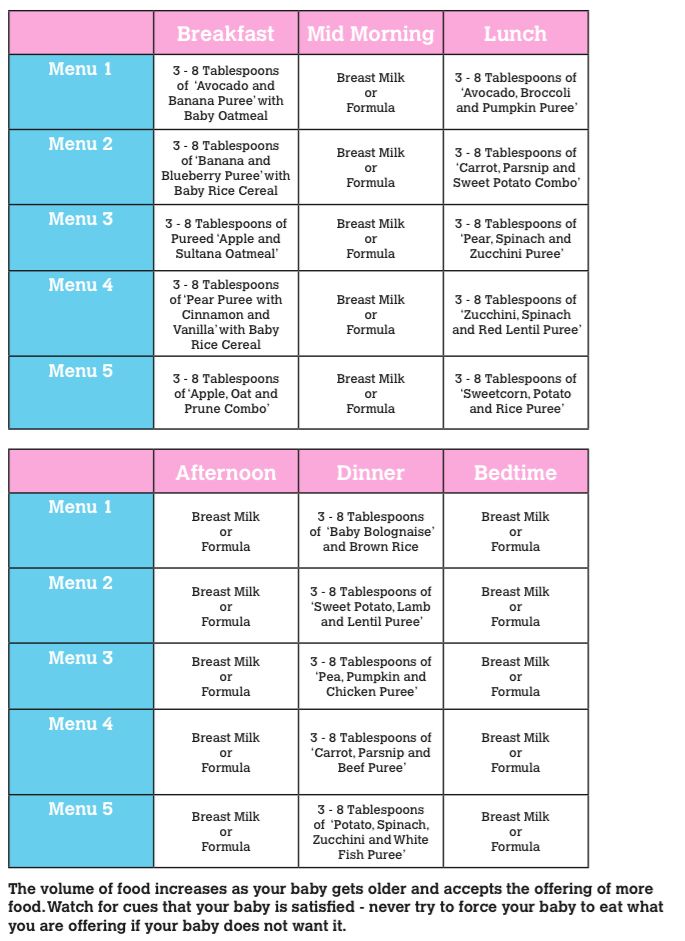
- Decrease the number of bottles gradually, as your milk supply increases.
- Consider using a lactation aid (supplementer). A tiny tube is taped next to your nipple and passes into your baby's mouth so your baby can get milk via the tube as well as from your breast. This helps to support your baby as they get used to attaching to the breast. Your midwife, health visitor or breastfeeding supporter can give you more information.
See more tips on boosting your milk supply.
Help and support with mixed feeding
If you have any questions or concerns about combining breast and bottle feeding:
- talk to your midwife, health visitor or breastfeeding supporter
- call the National Breastfeeding Helpline on 0300 100 0212 (9.30am to 9.30pm, every day)
- find breastfeeding support near you
Video: why combine breast and bottle feeding?
In this video, 3 mothers discuss ways to combine breast and bottle feeding.
Media last reviewed: 22 March 2020
Media review due: 22 March 2023
Page last reviewed: 8 October 2019
Next review due: 8 October 2022
Formula Feeding and Breastfeeding: Can You Do Both?
Our editorial team personally selects each featured product. If you buy something through our links, we may earn an affiliate commission, at no cost to you.
Can you breastfeed and formula-feed a baby? The short answer is YES. It’s called combination feeding, or more commonly, combo feeding. If you’re looking to supplement and extend your breastfeeding journey or if you want to make feedings possible by other parents or care-takers, combo feeding can be a great solution.
We sat down with Tiffani Ghere, a pediatric dietician, certified specialist in Pediatric Nutrition, and Bobbie medical advisor. It turns out that formula milk and breast milk aren’t black and white options. Here’s what we learned.
Here’s what we learned.
Table of Contents
- Is it ok to breastfeed and formula feed at the same time?
- 4 Tips to help ease your baby into combo feeding
- How does the transition from breast milk to baby formula affect mom?
- Benefits of breastfeeding for mom and baby
- Why parents choose formula feeding
- Doctors may recommend supplementation
- Our take on combo feeding
Is it ok to breastfeed and formula feed at the same time?
Often times, there’s a conversation about exclusively breastfeeding or exclusively formula feeding. It can make new parents feel that they have to make a choice. But did you know it’s actually quite easy to combo feed?
We’ll give you a few pointers about what to consider if you decide to have both bottles of baby formula and bottles of breast milk on your little one’s menu.
A mother’s intuition helps decide the feeding choice
Following your intuition is always best! Trust what you think is right for your baby. You have the power to make great decisions for your baby, so don’t let anyone sway you otherwise.
You have the power to make great decisions for your baby, so don’t let anyone sway you otherwise.
Talk to your health care providers and your baby’s pediatrician to feel confident in the decision that works best for you and your family.
Is nipple confusion a concern?
When you mix formula feeding and breastfeeding in a baby’s diet, they likely won’t fuss about the real nipple or bottle nipple. They may not even know the difference most of the time, and nipple confusion isn’t as prominent as most expect.
Some doctors may recommend exclusive breastfeeding for the first few weeks until you introduce a bottle of formula to give them an easier introduction.
Breastfeeding poop can be different than formula poop
Since there’s a different type of milk entering your baby’s system, it makes sense that it may exit differently, too. Keep this in mind and watch to see if your baby’s stool looks different or irregular. Formula poop can be different than breast milk poop.
Make a note of how your baby is digesting their new diet, and seek the advice of your pediatrician if you have any concerns.
4 Tips to help ease your baby into combo feeding
If you’ve decided to start combo feeding, these helpful tips will make the transition easier for mom and baby alike.
1. Create similarities in the feedings
Give your baby as much of a similar experience as possible. This will give them a more familiar routine that they can look forward to, and it can help eliminate any nipple confusion they may experience.
Pro tip: When formula feeding, give your baby skin-to-skin contact and switch them from side to side to give the illusion of breastfeeding. This can help make the transition much easier for both you and your baby.
2. Space out formula feedings
Since organic baby formula and breast milk are two separate mixtures, it’s best to introduce the formula slowly to better support your baby’s digestion. You can slide in a bottle of formula a couple of hours after the initial feeding session to get your infant used to the taste. This can make things much easier for you in the long run.
You can slide in a bottle of formula a couple of hours after the initial feeding session to get your infant used to the taste. This can make things much easier for you in the long run.
Our breast milk supply provides nutrients that can only be found wholly in our breast milk. But, thanks to modern science, there are similarly-composed baby formulas in the shopping aisle.
That being said, pay attention to which baby formulas have the quality ingredients and sourcing that you are looking for. If organic or non-gmo products are important to you, there are options. If you are looking for cow’s milk vs. a vegan formula, you can specifically look for that as well.
Talk to your pediatrician about vitamin D supplements—whether you’re breastfeeding or bottle-feeding—to ensure your baby is getting all of the nutrients they need.
Shop Bobbie Organic Infant Formula
Bobbie Organic Infant Formula is a USDA Organic, EU-style infant formula that meets all FDA requirements. It is a complete nutrition milk-based powder modeled after breast milk and is easy on tummies. It is non-GMO and doesn't have corn syrup, palm oil, or maltodextrin. Learn more about Bobbie.
It is a complete nutrition milk-based powder modeled after breast milk and is easy on tummies. It is non-GMO and doesn't have corn syrup, palm oil, or maltodextrin. Learn more about Bobbie.
Shop Bobbie
4. Look for the “Feeling Full” signal
Your baby will become well-versed in telling you when he’s no longer hungry. Trust and watch to make sure his weight-gain patterns are normal as he grows and develops, as this is an excellent sign of properly taking to a combination diet.
How does the transition from breast milk to baby formula affect mom?
The transition from breast milk can affect your body’s milk production in a few ways. Medical experts suggest making a clean switch if you feel comfortable doing so or doing so gradually if that works best for you.
To ensure a smooth transition, you can try these techniques to start:
A new feeding routine can disrupt your body’s milk production
Expert Tip: Try starting with one bottle of formula per day.
A new routine might throw your body off its game, and your body’s milk production system may not understand the transition right away. If you’re pumping multiple times per day and then instantly move to pump only once per day, your milk supply can drop pretty rapidly and may not be there if you really need it down the line.
Some parents like to start by replacing the night bottle with formula. This can help by allowing other people to participate in feeding as well, and it can become part of the regular nighttime feeding routine.
Your body may struggle to adjust to the new routine
Expert Tip: Build up the formula usage slowly, and don’t stop pumping right away.
Your body may not demonstrate that it can handle the new routine. It may even cause breast engorgement or blocked milk ducts. If you’re struggling with the switch, you may need to build up the formula usage gradually.
Additionally, it’s okay to pump even if the milk is not being used. It may even get rid of the heaviness you might feel if the breast milk isn’t released. You can store up the extra breast milk and extend the feeding journey using both breast milk and formula.
It may even get rid of the heaviness you might feel if the breast milk isn’t released. You can store up the extra breast milk and extend the feeding journey using both breast milk and formula.
Benefits of breastfeeding for mom and baby
We don’t often talk about this, but breastfeeding delivers many benefits not only to your baby but also to you! The list of benefits to you and baby is long, here are a few key benefits worth mentioning:
- Babies may have a more well-supported immune system during childhood due to antibodies in breastmilk.
- Colostrum (found in breast milk) can support the baby’s digestive system to help with growth and proper functioning.
- Breast milk adapts as your baby grows.
- Even partial breastfeeding may promote quicker recovery after giving birth.
- Breastfeeding saves money.
- Breastfeeding may help lower the risk of certain diseases like ovarian cancer, breast cancer, and diabetes.
Why parents choose formula feeding
With all of life’s twists and turns, there are many reasons parents may formula feed from day one or choose to exclusively breastfeed before making the add or switch to baby formula. As with breastfeeding, there are amazing benefits for both you and your child when it comes to using baby formula:
As with breastfeeding, there are amazing benefits for both you and your child when it comes to using baby formula:
- Formula feeding is very convenient; babies can be fed any time they express hunger cues.
- Availability of the exact amount of milk needed means pumping doesn’t need space on your personal schedule.
- Allows teamwork–your partner and other caretakers have the ability to help feed if needed.
- Allows you the ability to schedule feedings, especially with low milk supply not being a concern.
- Allows you to be less worried about your diet, including the revived ability to consume alcohol.
Sometimes, the choice to nurse versus formula feed is truly out of your control. If a baby isn’t reacting well to your breastmilk, there could be a deficiency or even an allergy that needs to be addressed. It could also be related to how the baby’s body reacts to different ingredients or products.
It’s important to remember that there’s no reason to feel pressure that your breastfeeding journey didn’t go as planned. Adding formula, otherwise known as supplementing, to your breastfeeding routine is very common.
Adding formula, otherwise known as supplementing, to your breastfeeding routine is very common.
A doctor may recommend formula supplementation if:
- A newborn loses a percentage of their body weight during the first few days of life.
- A newborn gains significant weight after the first few days of birth.
- A baby becomes dehydrated and demonstrates this through fewer wet diapers.
- A baby appears dissatisfied after feeding and, therefore may need more nutrition.
Ghere also shared that, “Supplementing may start as early as the first few days of life if the baby has lost too much weight and/or mom’s milk supply hasn’t been established. Other moms begin around 3-4 weeks to get the baby used to some bottle feeding, to allow others to feed the baby, or if mom has to return to work.”
She even goes on to say that supplementation can support the mother’s health as well: “The truth is, supplementing happens whenever mom doesn’t have enough milk, the baby needs more than mom can supply, or someone other than mom is feeding the baby. It’s not an all-or-nothing choice. New parents need options and the flexibility to meet both the baby’s and mom’s needs.”
It’s not an all-or-nothing choice. New parents need options and the flexibility to meet both the baby’s and mom’s needs.”
The decision or recommendation to supplement is always for the good of both parties, and no one would want it any other way!
Our take on combo feeding
So, is it ok to breast feed and formula feed a baby simultaneously?
After looking at both options and weighing the benefits of each, there really is no wrong decision when it comes to formula feeding versus breastfeeding. It is a personal choice, unique to each situation.
If you choose to breastfeed, formula feed, or both, this is perfectly fine unless otherwise directed by your pediatrician–we can’t stress enough that your pediatrician is the true expert to your specific journey with your little one! Remember, no two families’ journeys are the same!
Shop Bobbie Organic Infant Formula
Bobbie Organic Infant Formula is a USDA Organic, EU-style infant formula that meets all FDA requirements. It is a complete nutrition milk-based powder modeled after breast milk and is easy on tummies. It is non-GMO and doesn't have corn syrup, palm oil, or maltodextrin. Learn more about Bobbie.
It is a complete nutrition milk-based powder modeled after breast milk and is easy on tummies. It is non-GMO and doesn't have corn syrup, palm oil, or maltodextrin. Learn more about Bobbie.
Shop Bobbie
Sources:
What Is Colostrum? Nutrition, Benefits, and Downsides | Healthline
Combining Breastfeeding and Formula Feeding | VeryWell Family
Supplementing With Formula: Combining Breastfeeding and Bottles | What to Expect
The content on this site is for informational purposes only and not intended to be a substitute for professional medical advice, diagnosis or treatment. Discuss any health or feeding concerns with your infant's pediatrician. Never disregard professional medical advice or delay it based on the content on this page.
Mixed infant feeding: how to start and introduce | Scheme and diet, menu for mixed feeding
Co-author, editor and medical expert - Klimovich Elina Valerievna.
Number of views: 74 793
Date last updated: 12/27/2022
Average read time: 4 minutes
, which means switching to mixed feeding. It is recommended to make a decision on the transfer of a newborn to mixed feeding together with a pediatrician who will help you choose the right mixture.
Contents:
When do mothers switch to mixed feeding?
How to organize mixed feeding?
When do mothers switch to mixed feeding?
1. Lack of own milk
In some cases, even if the mother puts the baby to the breast on demand, the child may still remain hungry and gain weight poorly. This is often evidenced by loud crying after eating. In this case, experts speak of hypolactia, when milk production is reduced due to a hormonal disorder.
The “wet diaper” method will help to make sure that the baby really does not have enough milk. Do not put "diapers" on your baby and count the number of his urination in one day. From two weeks of age to six months, the result is evaluated as follows: if you counted 12 or more wet diapers, then you have nothing to worry about, 8–10 wet diapers indicate that lactation has decreased, 6 or less - the child does not have enough milk, and urgent action should be taken.
From two weeks of age to six months, the result is evaluated as follows: if you counted 12 or more wet diapers, then you have nothing to worry about, 8–10 wet diapers indicate that lactation has decreased, 6 or less - the child does not have enough milk, and urgent action should be taken.
Tip! Today there are many ways to increase lactation, but if they do not help, you should consult a pediatrician who will choose the right formula for supplementary feeding.
2. Lack of calories
Some mothers think that their milk is not nutritious enough. Most often, they come to such conclusions by expressing clear milk with a bluish tint. But it cannot be nonnutritive or nutritious. Milk is “rear”, saturated white, thicker and fatter (for a child, this is “food”), and “front”, liquid with a bluish tint (“drink”).
Tip! If the amount of urination is normal, but the baby is not gaining weight, then you need to think about whether your baby is getting "hind" milk. To do this, offer him only 1 breast during 1 feeding.
To do this, offer him only 1 breast during 1 feeding.
3. Coming to work
Some mothers have to reduce the number of feedings after going to work. And their first impulse is to switch to mixed feeding. But you should always remember that the best food for a child is mother's milk. If you want to go to work, try to prepare for this in advance. Make a "strategic stock" of breast milk in the freezer so your baby always has food, even when you're not around.
Tip! If you plan to go to work when your baby has started to receive complementary foods, then try to organize meals so that complementary foods are given to him in your absence. So you will have the opportunity to reduce the amount of formula or defrosted in his diet
Up to the content
How to organize mixed feeding?
Mixed nutrition has its own characteristics, which are very important for a nursing mother to know.
Basic rules for mixed feeding:
- The timing of the introduction of complementary foods depends on the amount of breast milk the baby receives.
 If it is 50-70%, then it is administered as with breastfeeding (at 6 months). If less than 50% of breast milk is present in the baby's diet, then complementary foods can be introduced at the age of 5 months.
If it is 50-70%, then it is administered as with breastfeeding (at 6 months). If less than 50% of breast milk is present in the baby's diet, then complementary foods can be introduced at the age of 5 months. - Always offer the breast first. Only if you see that the baby is not full, and the breasts are empty, then give him a mixture. It also helps increase lactation. The mixture should be introduced gradually. On the first day - 10 ml / 1 time, the second - 10 ml / 3 times, the third - 20 ml / 3 times. Increase the portion, bringing it to the norm.
- Only the breast should be given at night and formula should be avoided. This is due to the fact that from 3 to 8 am, prolactin is actively produced, which is responsible for lactation.
- Feed according to schedule (every 3-4 hours) and breastfeed on demand.
- Keep water boiled and utensils and formula sterile. You need to cook right before eating.
- Use a spoon instead of a bottle for complementary foods.
 Then you can avoid breast rejection.
Then you can avoid breast rejection. - Remember that mixed-fed babies should be given water, as dehydration can lead to poor digestion.
Follow these simple rules and try to keep your baby breastfed for as long as possible. Your milk, even though it's not your baby's only food, contains invaluable trace minerals that will keep your baby healthy and strong.
Back to Contents
The information in this article is for reference only and does not replace professional medical advice. For diagnosis and treatment, contact a qualified specialist.
How to properly feed your baby? About mixed and artificial feeding
This article is designed to help mothers understand the intricacies of artificial feeding.
Mixed feeding
For various reasons (mother and child diseases, hypolactia, early work, etc.), some mothers use mixed feeding.
When breastfeeding in combination with formula, it is important to keep feeding on demand, and weight gain must be constantly monitored. It is important that supplementary feeding is introduced only after breastfeeding. In addition, it is necessary to take into account the following recommendations of specialists: the breast must be offered to the child at every feeding, because. alternating breastfeeding and formula feeding will lead to the extinction of lactation. With a small amount of milk, the child is applied to both breasts during feeding, and if there is little supplementary feeding, it is offered from a spoon, and not from a bottle. Bottles should be chosen with a dense elastic nipple and a small hole.
It is important that supplementary feeding is introduced only after breastfeeding. In addition, it is necessary to take into account the following recommendations of specialists: the breast must be offered to the child at every feeding, because. alternating breastfeeding and formula feeding will lead to the extinction of lactation. With a small amount of milk, the child is applied to both breasts during feeding, and if there is little supplementary feeding, it is offered from a spoon, and not from a bottle. Bottles should be chosen with a dense elastic nipple and a small hole.
In cases where there are problems with the composition of breast milk, special breast milk fortifiers can be used under medical supervision.
Artificial feeding
Tatyana N., mother of two:
– From the first days we bought expensive mixtures with probiotics for our son, and changed them according to age. After a year, up to 20 months, fermented milk mixtures were given at night.
It is necessary to observe the mode and quantity of the mixture, because many children are prone to constipation, and mixtures contribute to this. It is also important to choose the right nipple in the bottle: beveled or round, the hole in the nipple also matters. If the mixture is thick, with probiotics, a size 2 or 3 hole will do. If normal, then the second size will do. But you can’t pick it up by eye the first time, you have to buy different mixtures and try.
When formula feeding, it is recommended to feed at intervals of three or three and a half hours, ideally with a six hour break at night. After the introduction of complementary foods, the child can be transferred to five meals a day. There are two ways to calculate the volume of food. In the first option, to calculate the amount of food in the first week of life, you can multiply the day of the child's life by 70 or 80 ml - depending on weight: for children with a birth weight of up to 3200 kg or more, respectively (for example, on the fifth day of life, a baby , who was born with a weight of 3100 grams, should eat 5 * 70 ml = 350 ml of food). In the second option, up to two months, a child should eat per day a volume of food that is equal to a fifth of body weight, from two to four months - a sixth, up to six months - a seventh, and up to a year - up to an eighth of body weight, excluding water, juice, etc. (i.e. a three-month-old baby weighing about five kilograms should eat about 800-1000 ml of food). Of course, these are only indicative figures, everything is individual.
In the second option, up to two months, a child should eat per day a volume of food that is equal to a fifth of body weight, from two to four months - a sixth, up to six months - a seventh, and up to a year - up to an eighth of body weight, excluding water, juice, etc. (i.e. a three-month-old baby weighing about five kilograms should eat about 800-1000 ml of food). Of course, these are only indicative figures, everything is individual.
In the nutrition of children, it is mandatory to use adapted infant formulas (infant formula). They are close to women's milk in all components - protein, fat, carbohydrate, amino acid, vitamin and mineral.
Types of milk formulas:
- formulas based on cow's and goat's milk,
- "initial" or "starter" formulas, "follow-up" formulas, formulas for children from 0 to 12 months (indicated by numbers),
- dry and liquid (liquid, such as PreNAN, used for medicinal purposes - author's note) infant formula,
- fresh and sour milk,
- with and without additional ingredients.

When formula-feeding, the mother needs to provide the baby with tactile contact, so it is better to feed, holding him in her arms “skin to skin”.
It is believed that goat milk mixtures cannot cause allergies, but unfortunately this is a myth. But they are easily absorbed and digested, have a pleasant taste and are rich in nutrients. Therefore, in case of intolerance to individual components of cow's milk or an allergy to it, goat's milk mixtures are used.
- "Initial" or "starter" formulas ("1") are intended for children in the first 6 months of life. The composition is as close as possible to women's milk.
- "Following" mixtures ("2") - for feeding children in the second half of life. Contain a higher amount of protein, less like breast milk.
- "Follow-up" formulas ("3") - for feeding young children.
- "0 to 12 months" formulas can be used throughout the first year of a child's life.
The composition of the mixtures
The mixtures are close in composition to women's milk due to: normal development of the retina and brain, absorption of fats.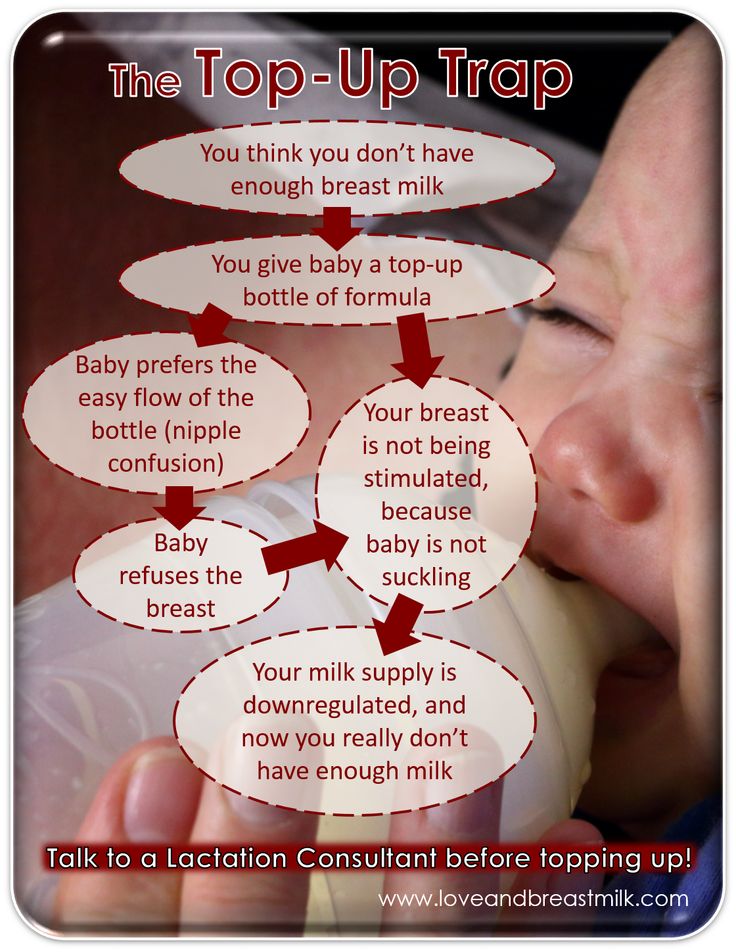 It is indispensable for children in the first few months of life, because. not formed in the body;
It is indispensable for children in the first few months of life, because. not formed in the body;
Prebiotics are non-digestible food components that have a positive effect on health by affecting bacteria in the human intestine. Prebiotics include some carbohydrates.
Nucleotides, pro- and prebiotics are often added to adapted milk formulas. Nucleotides influence the formation of children's immunity. The introduction of pre- and probiotics ensures the normal intestinal microflora.
Adapted fermented milk products are also used in infant nutrition. They are prepared using special colonies of bacteria. Such mixtures contain protective substances, lactic acid, lower lactose levels, and milk protein is partially split, which somewhat reduces allergenicity. They improve the composition of the intestinal microflora, strengthen local immunity, and are able to regulate intestinal motility in case of constipation and diarrhea.
They improve the composition of the intestinal microflora, strengthen local immunity, and are able to regulate intestinal motility in case of constipation and diarrhea.
Probiotics are live microorganisms that have a positive effect on human health.
Adapted fermented milk mixtures can be used from the first weeks of life as a supplement to the main fresh mixtures. They are recommended at the risk of nutrition-related diseases, with reduced appetite, dysbacteriosis, frequent respiratory infections and during an epidemic of colds. Powdered fermented milk mixtures with low acidity are sometimes used even as a staple food.
Elena F., young mother:
– She was in the hospital for eight days because of breast problems, plus she waited a couple of days after antibiotics. It was then difficult for my daughter to take the breast, so at first she expressed milk into a bottle, but she also gave the breast. As a result, it turned out to establish breastfeeding, I almost do not feed anymore.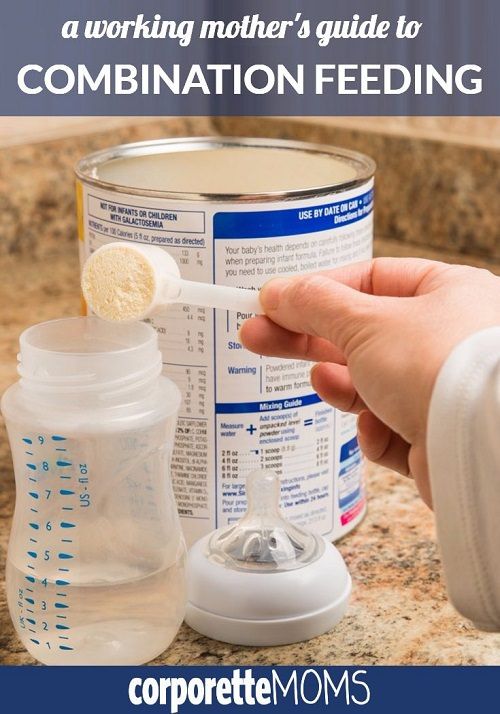 When I was only on the mixture (ate "Bellakt Optimum"), the chair was tight. When they switched to milk, and the mixture as a supplement, everything returned to normal.
When I was only on the mixture (ate "Bellakt Optimum"), the chair was tight. When they switched to milk, and the mixture as a supplement, everything returned to normal.
At high risk of developing atopic dermatitis - if both parents and siblings suffer from allergic diseases - mixtures based on partially hydrolyzed cow's or goat's milk protein are preferred.
How to choose the right mixture?
Infants who require formula and formula feeding should receive only adapted milk formulas for proper development. When choosing a milk formula, it is necessary to take into account the age of the child, the work of the gastrointestinal tract, the risk of allergies, diseases, the nature and possible side effects of taking medications, the financial level of the family, the individual tolerance of this particular mixture and the tastes of the child.
From the first weeks of a child's life, preference should be given to fresh formulas, then, if necessary, to combine fresh and fermented milk formulas.
Important: an excess of fermented milk mixtures in the diet of a child of the first year of life can cause persistent regurgitation and metabolic disorders. From the age of six months, “follow-up” mixtures are recommended. In the first and second half of life, mixtures "from 0 to 12 months" can also be used. For children aged approximately 10 months to 3 years, formulas with the number "3" are recommended.
If the child's body tolerates the mixture well, there is no regurgitation, vomiting, liquid or poorly digested stools, constipation, skin and other manifestations of food allergies, anemia, the child eats with pleasure, then the mixture is chosen correctly.
Examples of formula selection for infants during the first year of life : (o review of a typical assortment of Bobruisk convenience stores )
- Adapted milk formulas for healthy children from birth: Nutrilon 1 and 2, Bellakt Optimum 1+ and 2+, Bellakt Immunis 1+ and 2+, Frisolac, Frisomel, NAN, Nestogen, Nutrilak, Semper Baby 1 and 2, Winnie, Hipp, Humana.

- Formulas for children with low lactase activity, with breast milk oligosaccharides: Nutrilon-low lactose, Similac.
- Mixtures for children with regurgitation and vomiting, constipation, colic: Nutrilon antireflux, Bellakt KM2, Bellakt AR, Frisovoy.
- Formulas for children with diarrhea and severe intolerance to cow's milk, hydrolysates: Nutri-Soy, Pepti-Junior, Frisosoy, Frisopep, Alfare Amino.
- Immunity strengthening and intestinal microflora improving mixtures: NAN with bifidobacteria, Semper Bifidus.
- Formulas for premature and small babies: Nenatal, Bellakt PRE, Frisopre.
- Fermented milk mixtures: NAN fermented milk, Nestogen fermented milk, Bellakt KM.
- Goat milk mixtures: Nanny 1.2, Kabrita 1.2, MD mil SP Goat, Mamako Premium.
Important : if you use mixtures with bifidobacteria, strictly control the temperature - it should not exceed 45 degrees. An opened pack of any mixture should be stored in accordance with the requirements indicated on the box.An example of a bottle with a convex anatomical nipple.Any mixture is prepared for one feeding and is not stored.
Tips from moms on bottle and nipple selection:
- Most prefer plastic bottles of famous brands (cheap and bought in random places can contain harmful contaminants!),
- size should be age appropriate: 150 ml to start, and after a year 300 ml is also possible,
- the neck is preferably wide, so it is more convenient to pour the mixture,
- the shape of the bottle should not be complicated - in this case, even with a brush it is difficult to wash it well,
- for babies who hold the bottle themselves, it is good to take a narrowed in the middle or with removable handles and with an anti-slip coating,
- it is advisable to check (read reviews) if the bottle does not leak when you turn it over,
- most mothers advise taking "anti-colic » bottles,
- the nipple will most likely have to be selected individually, but it is recommended to take an anatomical convex one, the grip of which is as close as possible to the shape of the female nipple.
 The majority of respondents are in favor of silicone orthodontic nipples, but some, on the contrary, prefer softer round latex ones;
The majority of respondents are in favor of silicone orthodontic nipples, but some, on the contrary, prefer softer round latex ones; - the hole in the nipple for water must be “one”, and for the mixture “two” or “three”;
- any nipples are used for no more than two or three months, latex ones last less. It is necessary to strictly observe the service life of the bottle itself;
- Please read the care instructions carefully before using the bottle for the first time. Ideally, after each use, the bottle is sterilized, and before preparing the mixture, it is washed with boiled water;
- all mums are advised to keep two or three bottles in stock.
The material used data from educational and methodological manuals I "Feeding healthy children in the first year of life" ( Zhernosek V.F., Dyubkova T.P. ).
Afterword from the leading column
Dear Bobruisk women, feed your babies with love and tenderness, and nature will do the rest.

